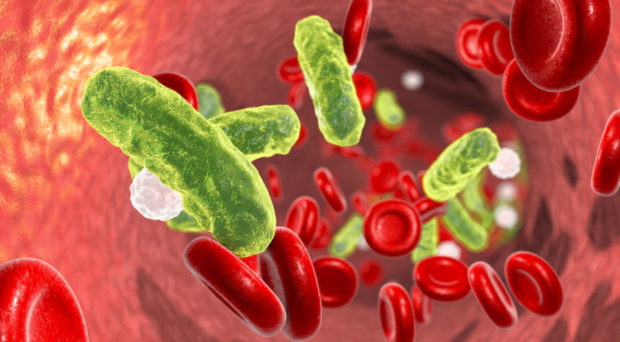
Nephrologists deal with catheter malfunctions and non-functional catheters on a daily basis, usually related to thrombosis. Nephrologists want every patient on chronic hemodialysis to have a more permanent type of vascular access such as a fistula or graft, but for some patients, this is not suitable or they may require a catheter while a fistula or graft is developing. In the United States in 2018, more than four out of every five patients receiving hemodialysis were using a fistula or graft (82.4%; 65.7% fistula and 16.7% graft). Meaning about 17.6% were using a catheter.
Given the time spent on trouble-shooting catheter malfunction or dealing with bloodstream infections, I’m always looking for new ways to prevent these complications related to catheters. An article by Richtrova et al., published last week in BMC Nephrology, looked at whether rt-PA vs trisodium citrate would prevent catheter-related bloodstream infections, catheter malfunction, or catheter non-function. It was a small study with only 18 patients, with the authors originally planning to recruit 80 patients. However, the recruitment rates are not unexpected given the efforts to keep catheter use low and increase fistula and graft use. Even with the small numbers, there are some findings worth keeping in mind. There was no reduction in the incidence of catheter malfunction/non-function or catheter-related bloodstream infections, but the overall incidence of catheter-related bloodstream infections was low in their population. Catheter patency (also known as being unobstructed) was more related to the time interval between sessions and if there were prior catheter malfunctions as opposed to the use of agents. The longer period without the use of a catheter will predispose catheter thrombosis leading to malfunction or non-function.
There was no reduction in the incidence of catheter malfunction/non-function or catheter-related bloodstream infections, but the overall incidence of catheter-related bloodstream infections was low
Other agents have been used to prevent thrombosis leading to catheter dysfunction. The most common anticoagulant locking solutions (meaning solutions used to fill catheters in between hemodialysis sessions to prevent clotting) are heparin and 4% citrate. In fact, the American Society of Diagnostic Interventional Nephrologists recommends that both heparin and 4% citrate are acceptable catheter locks. Thrombolytic agents like rt-PA have been looked at before. It has been previously shown that rt-PA is significantly more effective than heparin in preventing clot formation in hemodialysis catheters. Another study previously compared rt-PA to heparin as a locking solution, concluding that there was a significantly reduced incidence of catheter malfunction and bacteremia. So why not switch to rt-PA as a locking solution for one out of three sessions per week? First, there is an issue of cost. Overall, nephrologists tend to use rt-PA as a treatment to fix the catheter when it stops working rather than as a prevention strategy.
Even though there are significant efforts to have a more permanent vascular access such as a fistula or graft, there are individuals that can only dialyze via a catheter. Since dialysis vascular access is a lifeline for hemodialysis patients, we should continue to look at options for maintenance and optimization of catheter function. The complications related to catheters, especially infections, have an unfavorable effect on morbidity, mortality, and cost. In addition, infections are the second most frequent cause of death in dialysis patients. This is why I’m always on the lookout for ways to preserve my patient’s catheter function.
Comments